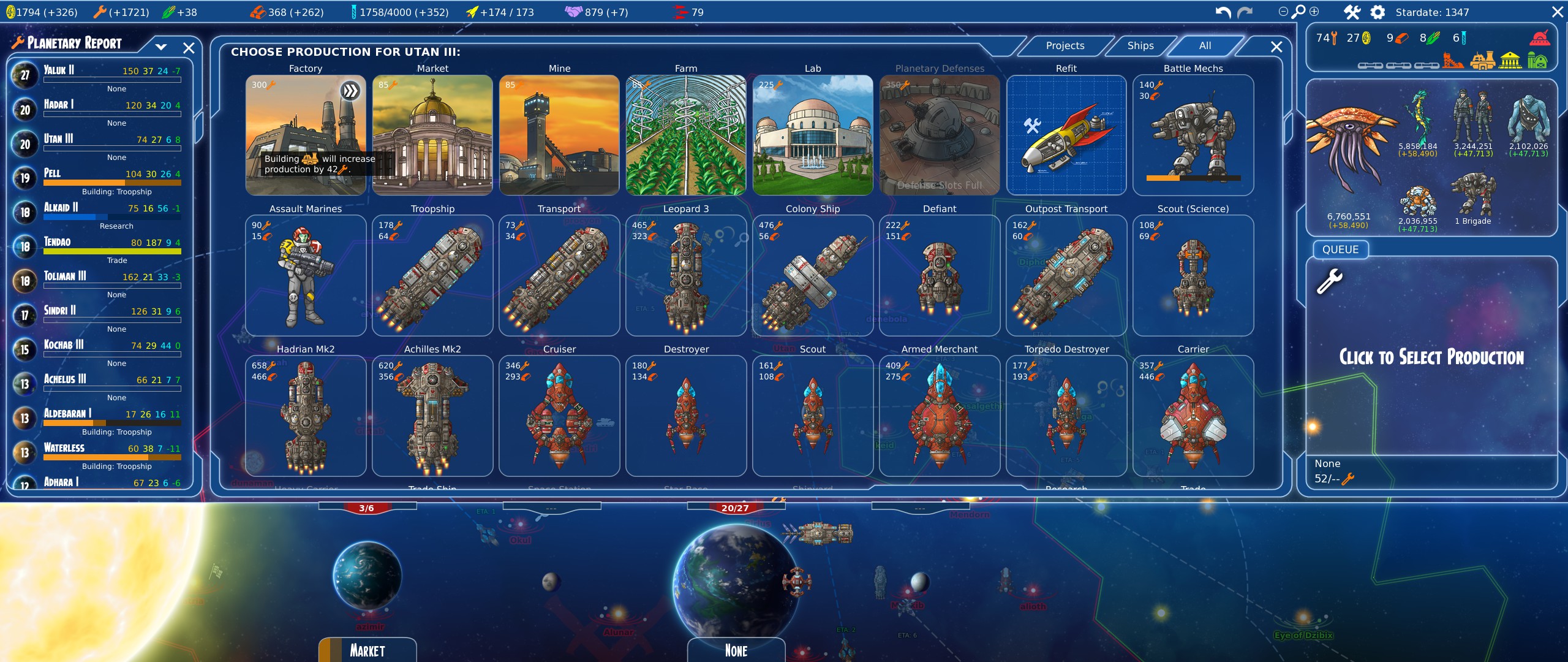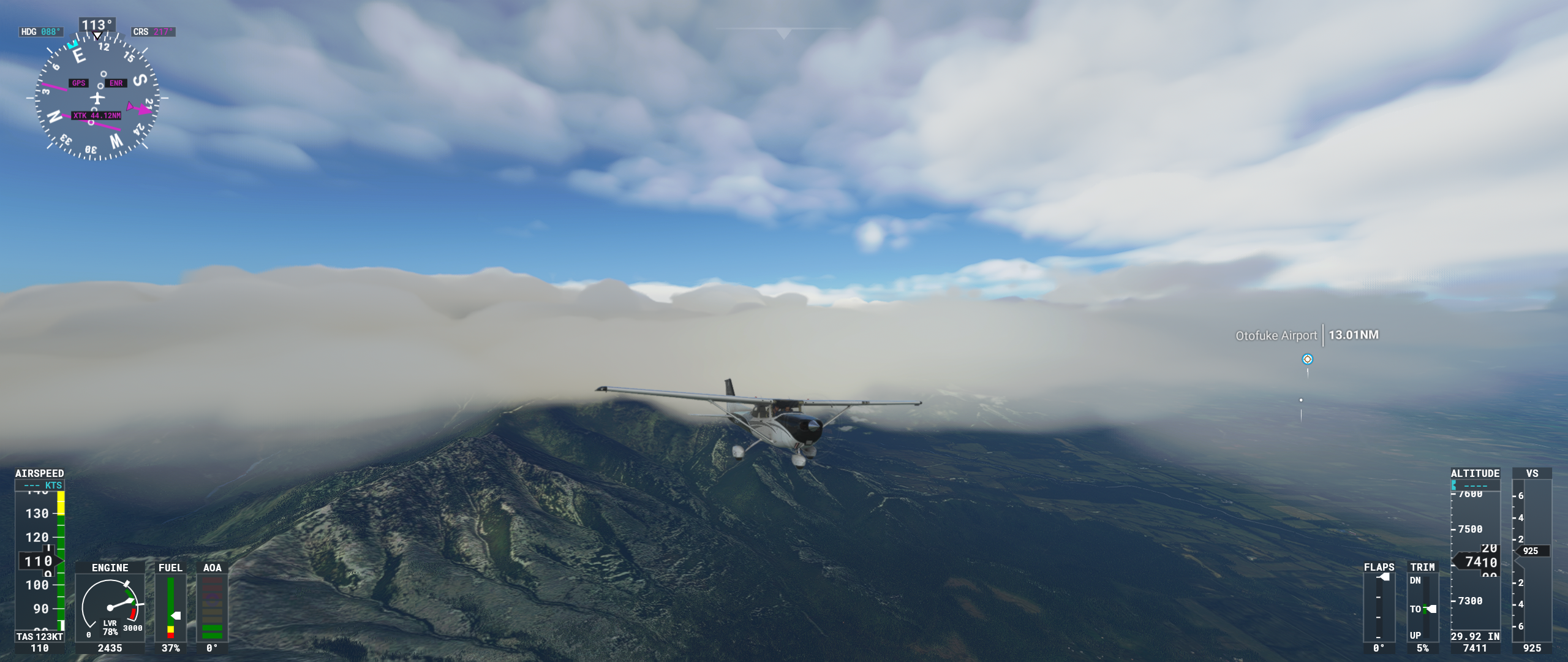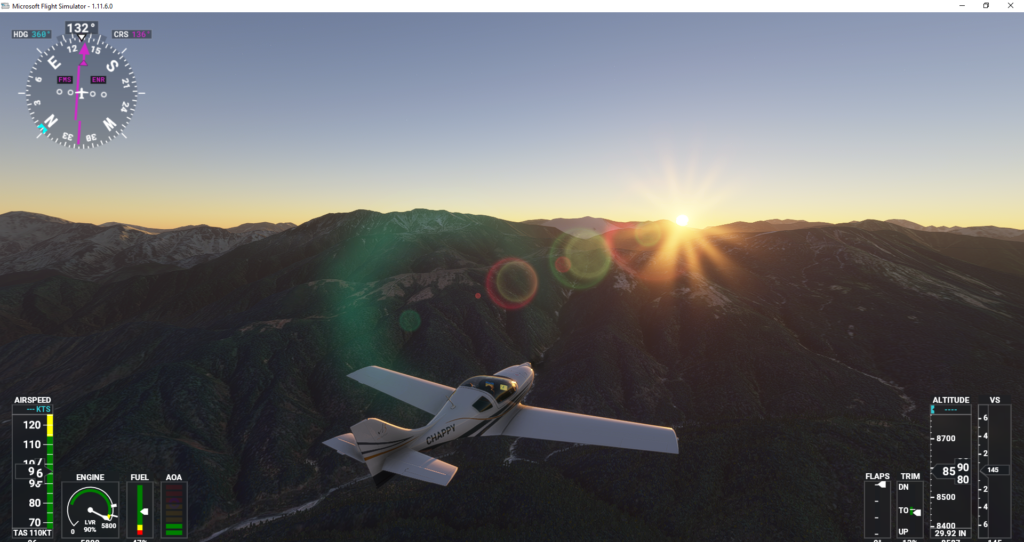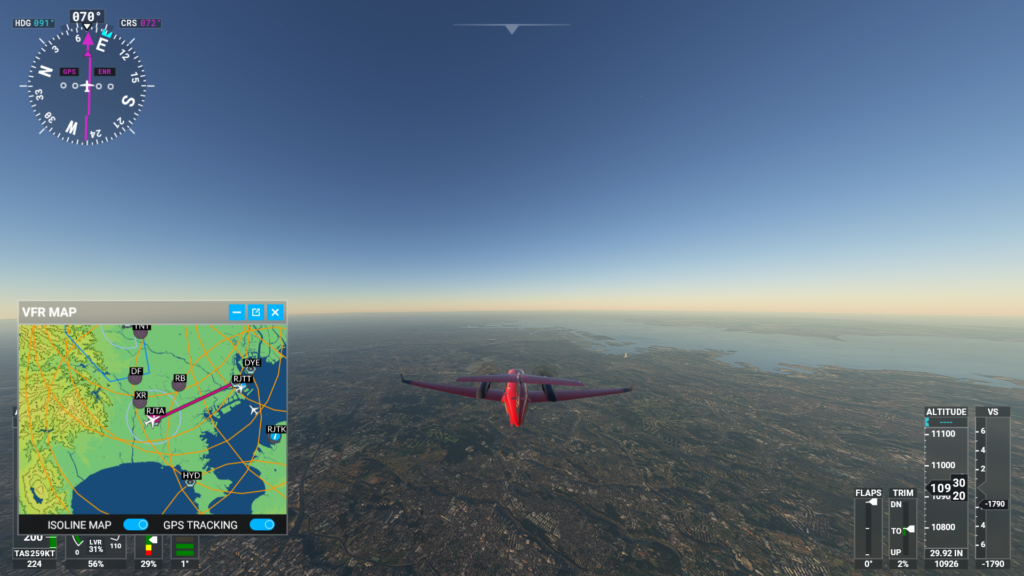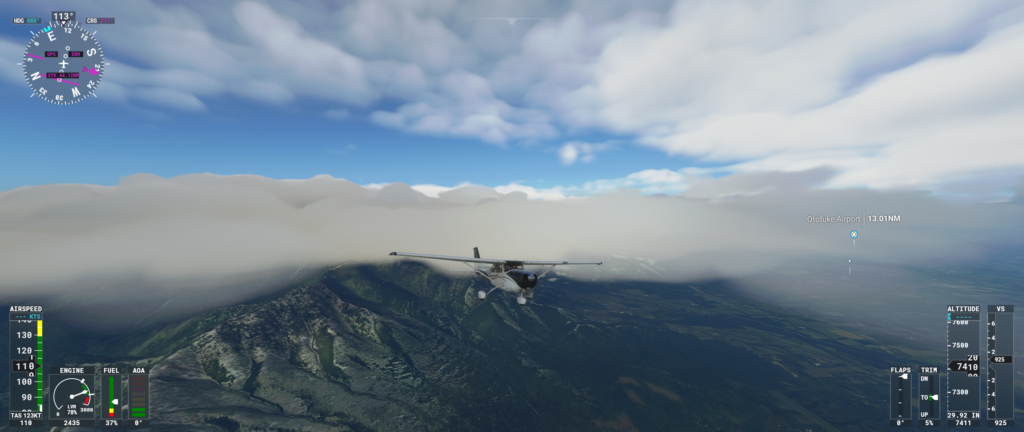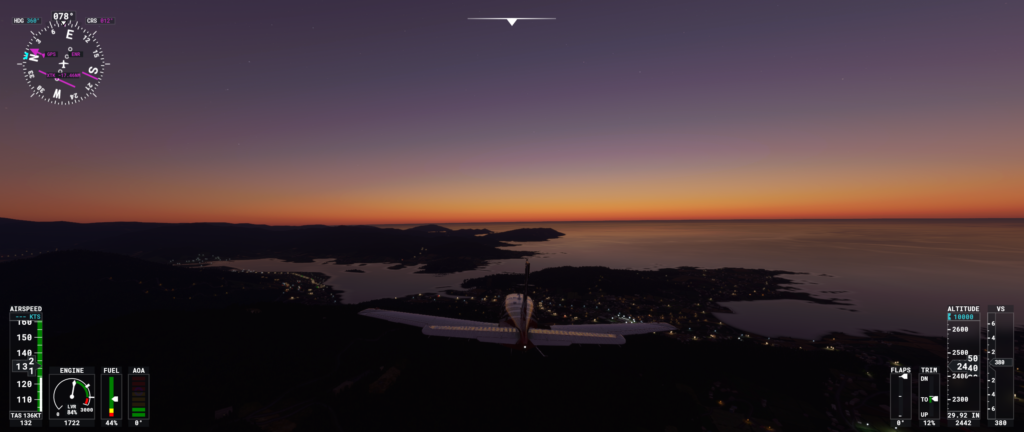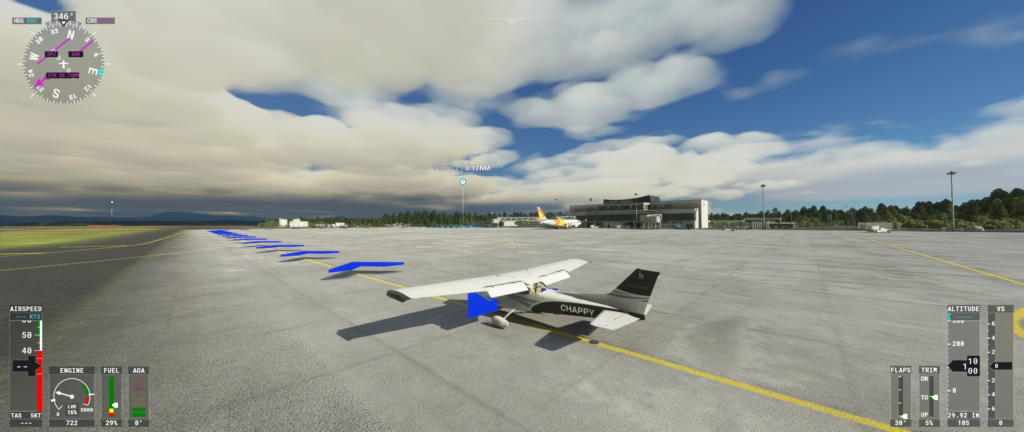I am very pleased to present an email interview with Jim “Arioch” Francis and Sven Olsen. Sven and Arioch are the creators of Stars in Shadow — a clever, elegant indie space 4X game. Read on to learn about their design philosophy, what makes good AI, a final tip about the game’s difficulty, and much more.
I’d like to begin by asking you about the origins of Stars in Shadow. What was the genesis of the project, and how long did you work on it?
Arioch: Sven first contacted me around 2008 about doing some concepts for a space game that he had in mind. Over the course of several years, the project continued and became gradually more and more serious. As a former programmer myself, I was dubious about the ability of a single programmer to tackle a project of this scope, but Sven proved my concerns wrong. The project progressed to a point where we got a Steam greenlight, and a publisher showed interest, and we released the game in 2017.
Sven: I played a lot of moo2 back in the 90’s and early 2000’s, and I always knew there were things I really liked about that gameplay experience, but also big areas I thought could be improved. I also started reading Arioch’s Outsider comic around the start of its run in 2002. As a fan of the comic, I quickly concluded that Arioch’s art style would be a perfect fit for the reworked moo2-like experience I wanted to create. I found myself with the time and money to start working seriously on the project in 2010, and fortunately Arioch was willing to help out.
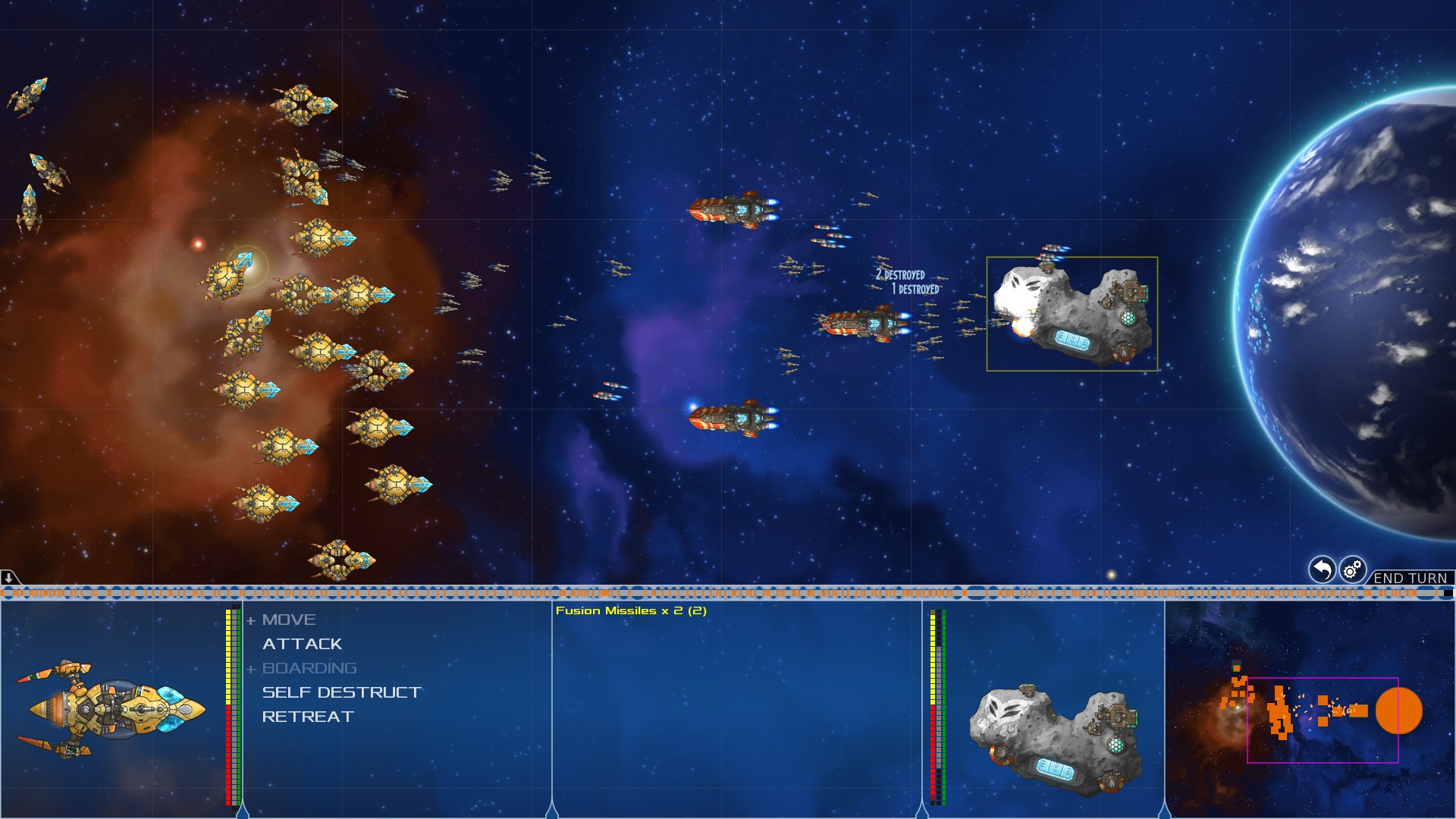
I particularly liked three aspects of the game: its design philosophy, AI, and charm. The design’s simplicity and elegance stood out for me — a throwback to Sid Meier’s rule about “a game being a series of interesting decisions”. Can you tell us more about your philosophy?
Arioch: We started working before the recent glut of 4X space strategy games, and I think both Sven and I thought that the releases up to that point didn’t really scratch the same itch that our favorite games in the genre did — Master of Orion and Sword of the Stars. It seemed clear to us where the “fun” factor existed, and it was not in an expanding list of features, but rather in a focus on tactical combat. Once we were far enough into the project that the possibility of release became serious, there was suddenly a glut of new 3X space games. But they all had one thing in common: they completely ignored the tactical combat that we thought was so vital to the genre. Even our own publisher recommended that we discard our focus on tactical combat. Apparently this was the consensus at the time.
Sven: I think Civilization-style strategy games all suffer from an escalating micro-management problem. Choices that are fun and significant in the early game become tedious and needlessly time consuming by the late game. I wanted to try to design the game in such a way that that would be less true — and stripping the planet management component back to something more moo1-like, while keeping the tactical battle component relatively complex, seemed like a sensible route to doing that. Part of the design challenge for me was that I knew I didn’t want to go all the way to a moo1/SotS style highly abstract planet management system. In particular, I really enjoyed the species-specific population management element from moo2, and knew I wanted to build on and expand that idea. Getting a blend of all these elements that felt right took a long time. The initial drafts of the game that beta-testers had access to didn’t even include mines or farms or markets — planets just had factories and labs. Metal and food were relatively late additions to the game, but I felt like they were important ones. And I think we managed to implement them in a way that made planet management more interesting, without triggering as much of a late-game slog as you’d see in a more typical Civilization-style strategy experience.
